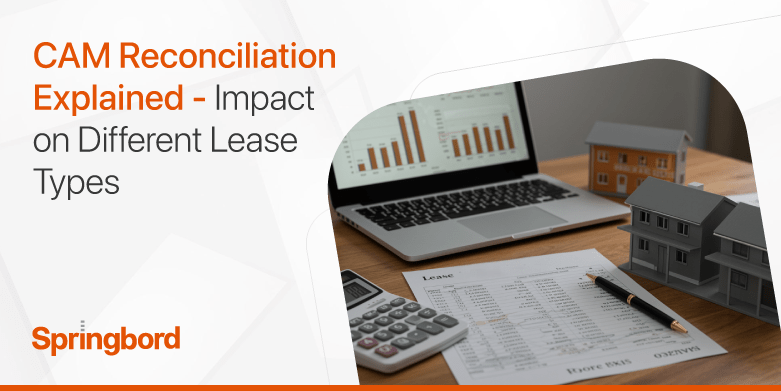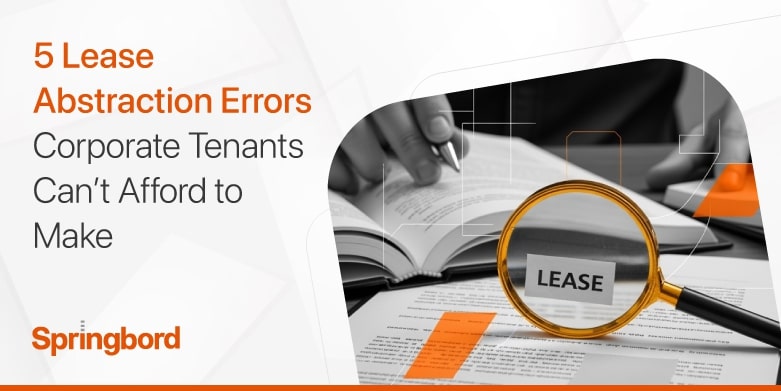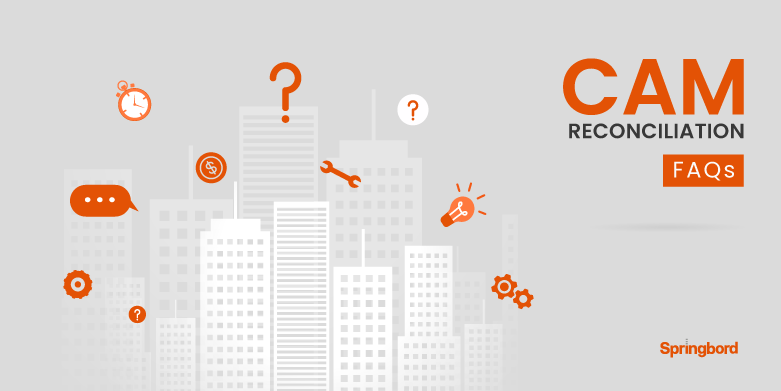In commercial real estate, Common Area Maintenance (CAM) reconciliation is not just accounting; it’s a critical cost-control point for tenants and a compliance requirement for landlords. This is done by comparing the estimated CAM fees that tenants pay each month with the actual costs that the landlord has to pay to keep common areas like
Introduction For corporate tenants, the smallest oversight in lease abstraction can translate into substantial financial losses and operational disruptions. In today’s high-stakes commercial real estate market, the complexity of lease agreements, often spanning hundreds of pages with multiple amendments, has increased the risk of missing critical clauses, dates, and cost triggers. Gartner reported that 77%
As a property owner or manager, you know that keeping track of all the costs associated with your property can be a daunting task. From rent payments to utility bills, it can be difficult to keep everything organized and ensure that all expenses are accounted for. That’s where a CAM Reconciliation Statement comes in. A
This our second and last blog post of the series CAM reconciliation FAQs. In this post we will walk you through some of the key aspects of CAM reconciliation that can help you streamline the task. How to calculate CPI within CAM reconciliations? According to the Bureau of Labor Statistics (BLS) website Consumer Price Index
In a commercial real estate leasing common area maintenance (CAM) charges are operating expenses that play a key role in maintaining a healthy cash flow and the property. CAM reconciliation, while a straightforward process on paper, is one of the most tedious and complex tasks in practice. In this two part blog series we have






